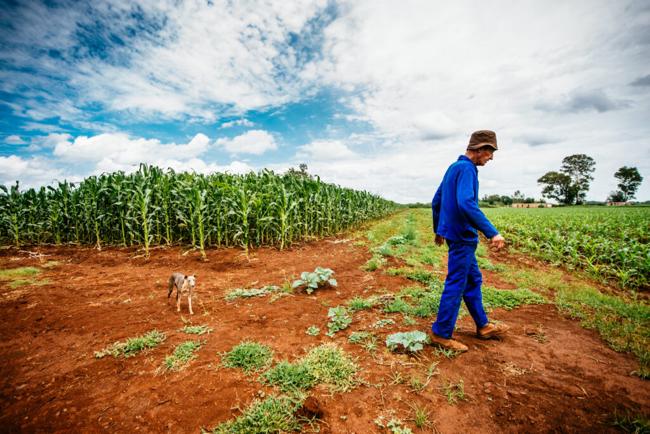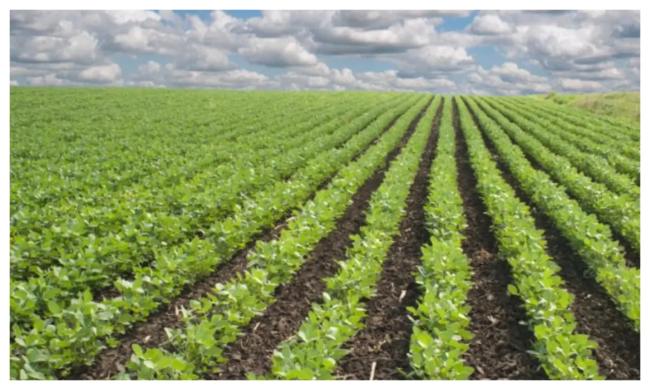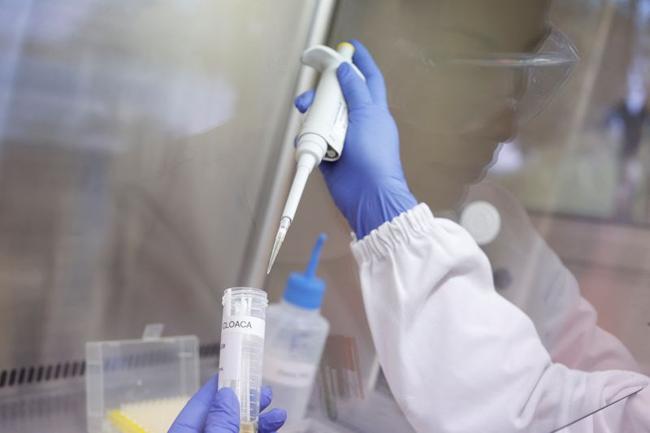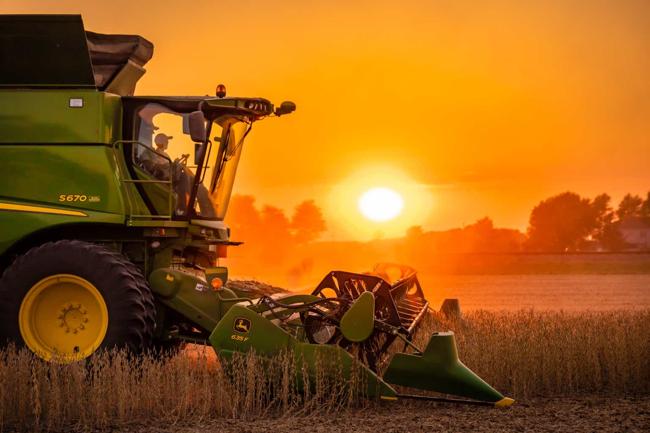Summary
I think a fact that is not well known is that 44% of South African agri exports actually go into Africa, with only around 6% or 7% going to America, says Brendan Jacobs, Standard Bank’s head of AgriBusiness.
Source: Moneyweb

AI News Q&A (Free Content)
Q1: What are the most recent and impactful technological innovations in South African agriculture, and how are they shaping the sector?
A1: Recent technological innovations in South African agriculture include the adoption of the Internet of Things (IoT), precision farming, and advanced spatial modelling for climate adaptation. IoT solutions are being used to optimize irrigation, monitor soil conditions, and manage livestock, while precision agriculture tools help farmers make data-driven decisions. These innovations are improving resource efficiency, crop yields, and overall sustainability. South Africa’s readiness to implement IoT is supported by robust policies, access to mobile technology, and growing digital infrastructure, putting the country in a strong position to benefit from these technologies.
Q2: How is climate change affecting agriculture in South Africa, and what adaptation strategies are being explored according to the latest research?
A2: Climate change in South Africa is causing increased temperatures and rainfall variability, leading to more frequent droughts and water shortages. These changes negatively impact crop production, especially maize, which is a staple. Adaptation strategies include the use of climate-resilient crop varieties, improved water management, and predictive models such as advanced wind pattern modelling. These approaches help optimize irrigation and reduce risks associated with extreme weather events, supporting the sector's resilience.
Q3: What is the economic significance of agriculture exports for South Africa, particularly within Africa, and how are global pressures influencing this trade?
A3: Agriculture accounts for about 2.6% of South Africa’s GDP and 5% of formal employment. Notably, 44% of South African agricultural exports are destined for other African countries, while only 6–7% go to America. Global pressures, such as changing trade policies and climate variability, challenge the sector, but regional trade remains robust due to proximity, established trade agreements, and demand for South African produce within the continent.
Q4: How are innovations in wind data modelling contributing to agricultural and climate adaptation strategies in South Africa, as highlighted by recent scholarly research?
A4: Innovative models like the Wrapped Gaussian Spatial Process (WGSP) and Projected Gaussian Spatial Process (PGSP) have been developed to better predict wind patterns in South Africa. These models account for the circular nature of wind direction and are derived from historical meteorological data. Their improved predictive accuracy aids in optimizing renewable energy systems and informs agricultural decision-making, particularly for irrigation and crop protection, thus enhancing climate adaptation efforts.
Q5: What are the main challenges and enablers for widespread implementation of IoT in South Africa’s agricultural sector, as found in the latest studies?
A5: Key enablers for IoT adoption in South African agriculture include supportive policies, growing mobile and internet infrastructure, and existing digital literacy. However, challenges remain in terms of initial investment costs, disparities in technology access between commercial and smallholder farmers, and the need for specialized training. Addressing these barriers can accelerate the adoption of IoT, leading to greater productivity and sustainability.
Q6: How does South Africa’s land and water resource situation impact its agricultural productivity and what sustainable practices are being promoted?
A6: Only 13.5% of South Africa’s land is suitable for crop production, with just 3% considered high-potential. Water scarcity is exacerbated by climate change, leading to predictions of a 60% decrease in surface water supply in parts of the Western Cape by 2070. Sustainable practices being promoted include efficient irrigation, conservation agriculture, and government-backed schemes to restore land and water resources. Such initiatives aim to ensure long-term productivity and food security.
Q7: Considering recent reviews, what is the broader context of agricultural innovation across Africa, and how does South Africa’s experience compare?
A7: Across Africa, agricultural innovation is driven by the need to combat low productivity and food insecurity. Information and Communication Technology (ICT) initiatives, including mobile-based advisory services, are gaining traction. South Africa stands out for its advanced policy framework, stronger digital infrastructure, and greater readiness to implement cutting-edge solutions like IoT and precision agriculture. This positions the country as a leader in agricultural innovation on the continent.
References:
- Agriculture in South Africa, https://en.wikipedia.org/wiki/Agriculture_in_South_Africa
- Climate change in South Africa, https://en.wikipedia.org/wiki/Climate_change_in_South_Africa





